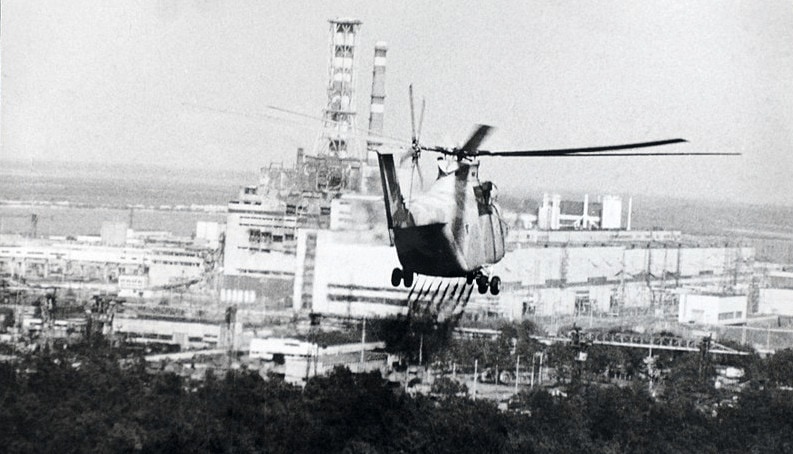| By Harry Walker, Gale Ambassador at the University of Birmingham |
Being Harry Walker wasn’t easy in the Spring of 2019. Alongside sitting university exams, my blood pressure was raised hurling abuse at knights, dragons and zombies on a television screen. Was I playing World of War Craft? No, I was watching the final series of Game of Thrones. Whether you loved it or hated it, it cannot be denied that the medieval fantasy was all that anyone was talking about. Perhaps this is why the excellent HBO mini-series Chernobyl slipped under most people’s radar. Chernobyl is a wonderfully written, beautifully acted masterpiece which tells the story of the terrible nuclear accident which occurred at the Chernobyl nuclear power plant in the USSR in 1986. Amongst other qualities, the show has been widely praised for its historical accuracy. In this blog post I will be using Gale Primary Sources to see whether the praise stands up to examination.
USSR Lies
The show starts and finishes with the same question: “What is the cost of lies?”, a question that cuts to the thematic crux of the show. As the narrative unfolds, it becomes apparent that the horrors seen on screen were not so much caused by a freak nuclear accident but rather the USSR’s suppression of the truth in the interest of maintaining its international respectability.
After the explosion, the lies continued in an effort to avoid international disgrace. Evidence of this can be found in Gale’s U.S. Declassified Documents Online. This is a superb archive that contains over 750,000 pages of documents from within the U.S. government that were previously considered too sensitive for public consumption. A document found in this archive reveals abbreviated details on several joint statements on U.S./USSR nuclear non-proliferation. In the section about nuclear reactor safety, it reveals that although they were willing to cooperate on preventing future accidents, with regards to “studies on health and environmental effects of (the) Chernobyl disaster…some Soviet institutions (are) still hesitant to release data”.
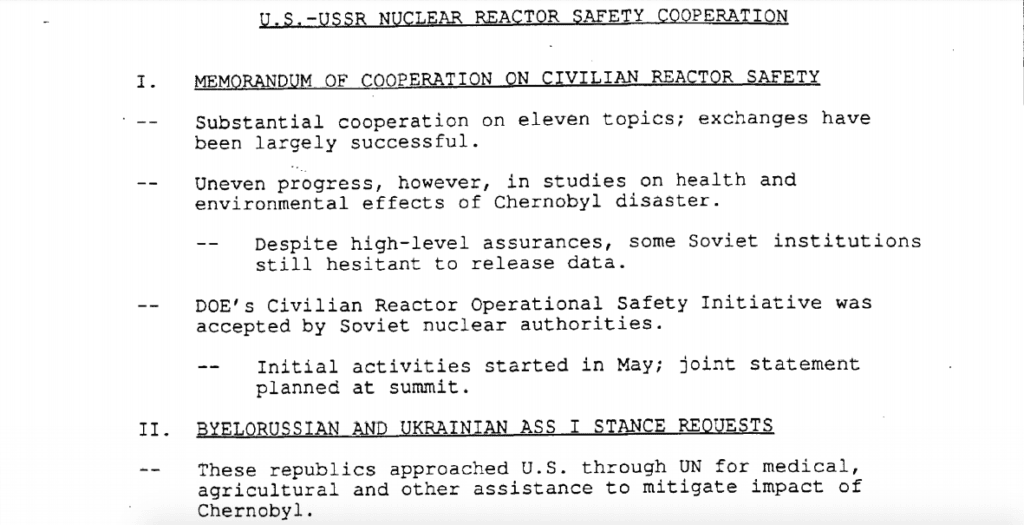
Valery Legasov
One man crucial in forcing the USSR to finally accept the truth was Valery Legasov. Played by Jared Harris in the mini-series, he was the lead scientist charged with investigating Chernobyl. The show’s writer, Craig Mazin, speaks openly on “The Chernobyl Podcast” about how the show’s climax is the one place where artistic licence was preferred to historical rigour. The climax of the mini-series comes at the trial of the men responsible for the events that unfolded that night, where Legasov bravely declares that they are not solely to blame. He asserts that some blame must be heaped on the state for its refusal to accept that there might be design faults in their machinery. Legasov heroically asserts, “That’s how an RBMK reactor explodes…lies”. Whilst this makes for compelling drama, it is historically inaccurate as Legasov was not even present at the trial of these men.
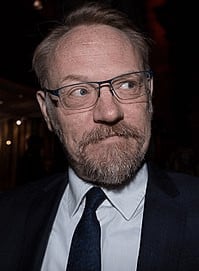
Ibsan73 CC BY 2.0 (https://creativecommons.org/licenses/by/2.0)
HBO Lies?
Gale Primary Sources can be used to reveal what occurred in reality. An article from The Financial Times Historical Archive reveals that Legasov’s denouncing of the Soviet nuclear infrastructure actually occurred at the international nuclear conference in Vienna a year before. The article says, “he redressed an imbalance by which Moscow had heaped blame on operators who were, he said, no longer alive”. In contrast, the television series suggests that at the Vienna conference Legasov blamed the accident entirely on the workers and reserved his act of bravery for the dramatic trial. It then suggests that after this the Soviet state removed him entirely from the public sphere to avoid international humiliation.
![Fishlock, David. "Chernobyl Reactor Had 'Major Design Flaws'." Financial Times, 26 Aug. 1986, p. [1]+. Financial Times Historical Archive](https://review.gale.com/wp-content/uploads/2019/12/Chernobyl-Fishlock-David.jpg)
In reality the whole world knew about the design defects of the Soviet RBMK reactors after the Vienna conference, but the Soviets simply refused to accept there was a flaw. An article taken from The Daily Mail Historical Archive reports on the actual trial, where blame for the accident was put wholly on the workers. The article says, “The men blamed for the Chernobyl disaster were given 10 years hard labour yesterday for breaking safety rules,” and yet makes no mention of flaws within the reactor itself.
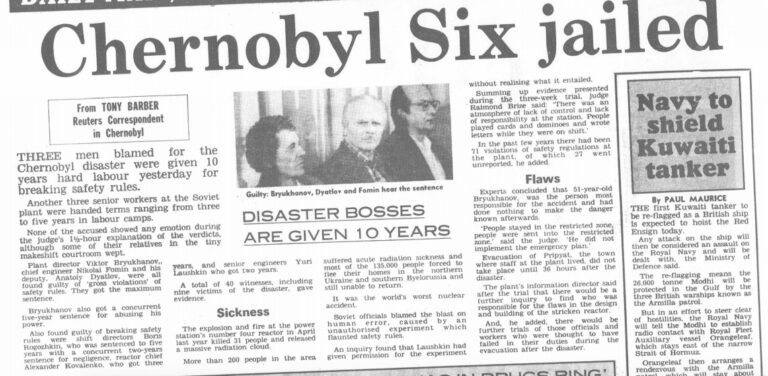
A Compelling Denouement Nonetheless
Perhaps it is surprising that a show so concerned with the truth made this deviation at such a crucial stage in the narrative. I feel what is most important, however, is that, through the fictionalised yet dramatic trial scene, the show portrays Legasov, a symbol of the truth, in a suitably heroic light that befits the actions of the real-life hero that gave his life for Chernobyl. Indeed, exactly two years later, Legasov committed suicide. This made his denouncements impossible to ignore and changes were eventually made to the RBMK reactors. Importantly, Legasov’s final act of heroism is where the show’s narrative and historical fact again converge.
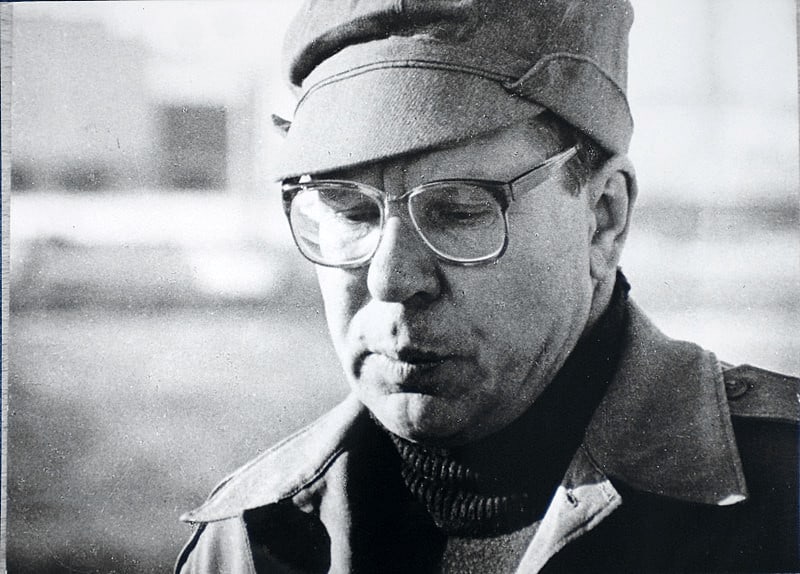
Blog post cover image citation: A helicopter sprays a decontamination liquid nearby the Chernobyl reactor in 1986. (Chernobyl, Ukraine, 13 June 1986), Historical collections of the Chernobyl accident from the Ukrainian Society for Friendship and Cultural Relations with Foreign Countries (USFCRFC). https://commons.wikimedia.org/wiki/File:IAEA_02790036_(5613126700).jpg , IAEA Imagebank [CC BY-SA 2.0 (https://creativecommons.org/licenses/by-sa/2.0)]

